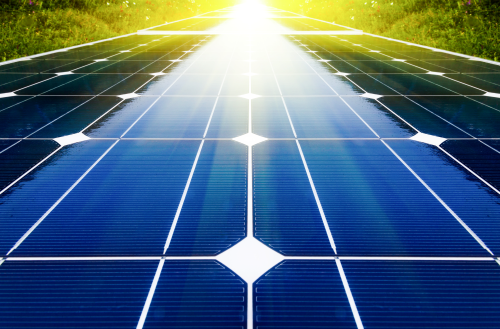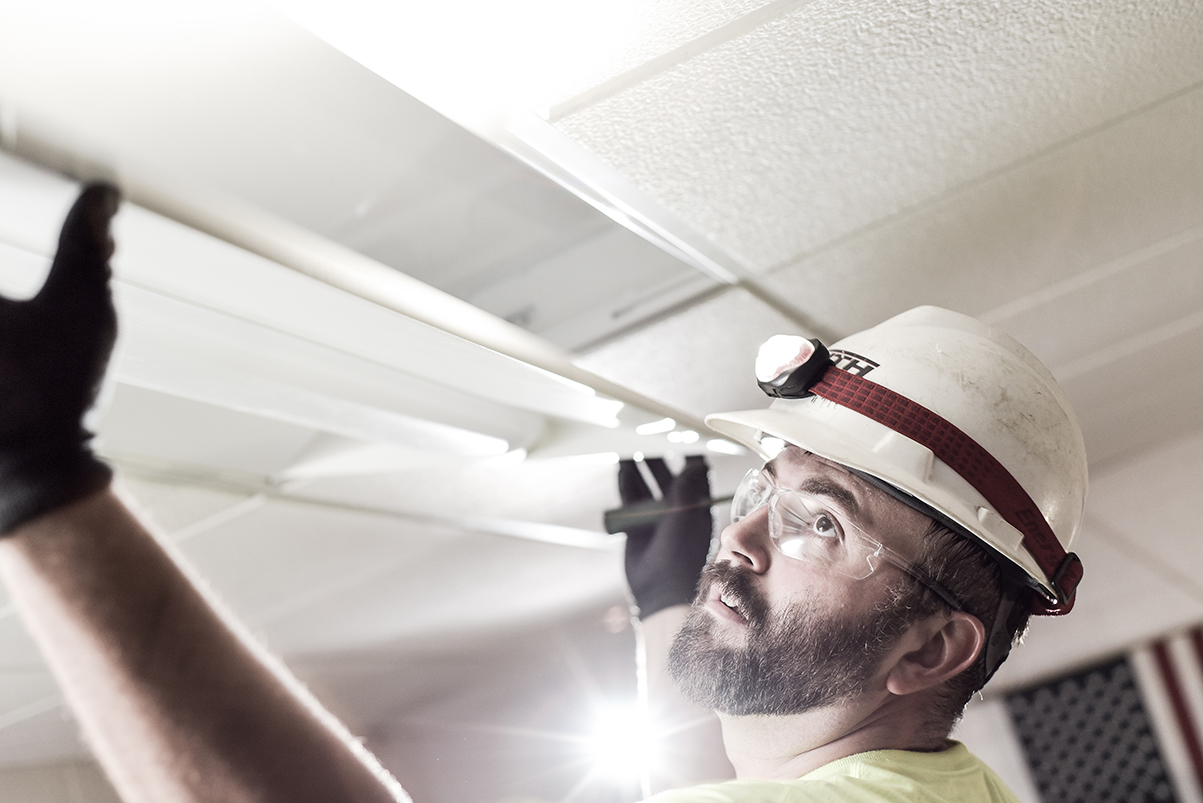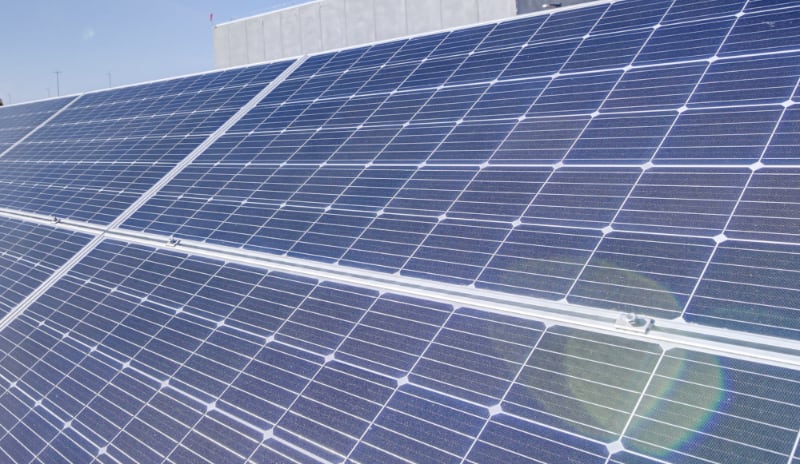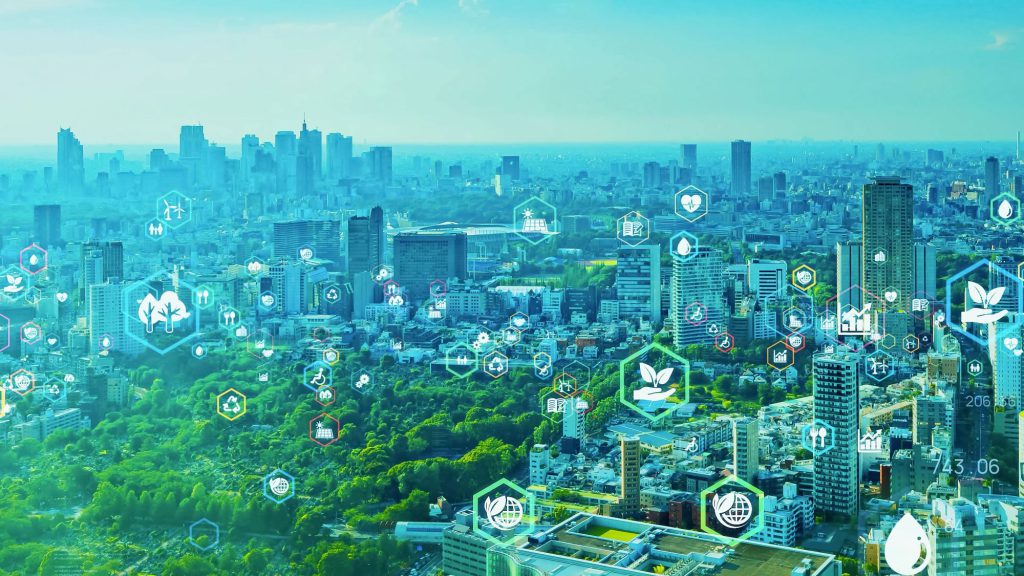
Energy sustainability goals are abundant today and can be an intimidating challenge for organizations. Some of these goals have ambitious timelines when you consider that 2030 is only 6 years away. At FTI, we have worked with our clients to develop a way to get these daunting goals onto a clear path of actionable steps. We call it our Decarbonization Roadmap.
Sustainability goals are typically based on science-based greenhouse gas (GHG) targets. The key dilemma lies in identifying where to invest resources for optimal financial return and sustainability impact. To address this, we advocate for our Path to Smarter Energy™ (PTSE), a method that involves visually tracking and analyzing energy consumption, translating it into greenhouse gas emissions and providing a tangible measure of progress toward your goals.
A lot of the clients we work with have already accomplished PTSE steps one and two (assess and conserve) and still have a large gap between where they are and their goals. Projects with low hanging fruit, quick paybacks and big sustainability impacts, such as LED lighting upgrades, have already been undertaken. This is when step 3, renewable energy, gets included in the picture. When an organization begins to investigate renewables for a portfolio of locations, other concerns start to arise:
- What type and size of renewable energy system is the best option to help us reach our sustainability goals?
- How does this financially benefit our organization?
FTI is here to help answer these questions. We use your sustainability goals along with your baseline energy usage to determine how much renewable energy would be needed to meet those goals. We then utilize our knowledge of renewable energy installations to put together a financial analysis for multiple sites. This analysis considers incentives, capital cost based on available land and other factors, and energy savings based on local utilities’ tariffs and policies. This results in an internal rate of return over 30 years (the power warranty of solar modules). We then take the sustainability impact of each location and look at that in a graphical format, like this example:
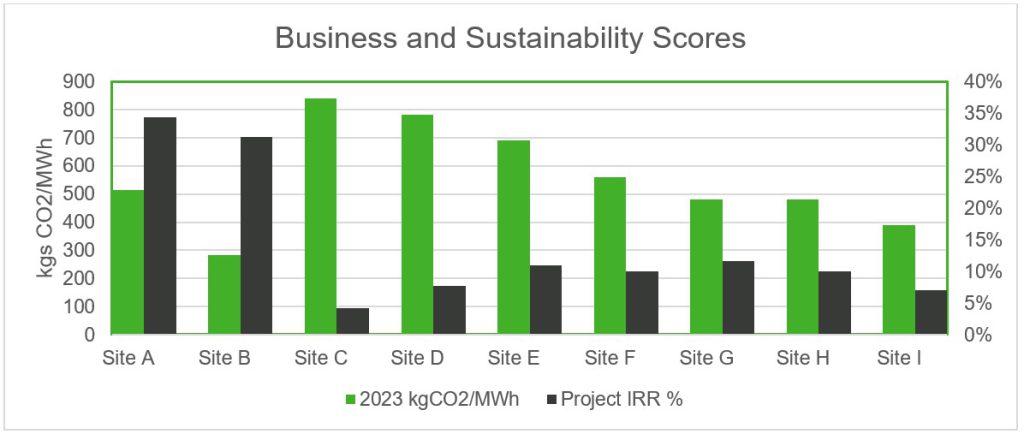
It can get complicated, determining how to balance the business and sustainability benefits with your budget. Through the use of a “Best Project Indicator,” which is determined by finding the most carbon offset per dollar, we can see that balance graphically:
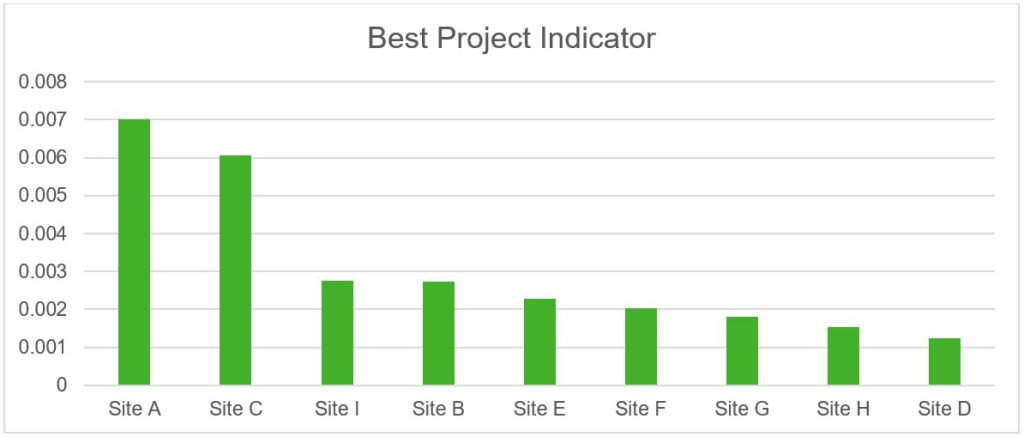
This is where the decarbonization roadmap begins to develop. We can see that Site A followed by Site C appear to be the optimal sites, but what does that mean? The process for each of these sites would be the following:
- Preliminary discovery – working with you to affirm your energy needs and goals.
- 30% design to confirm feasibility of renewable energy assets chosen.
- Full turn-key installation.
This process would result in a specific timeline for each option and bring us to a step-by-step actionable plan to meet your sustainability goals.
The final question always comes down to financial impact. We also created a guided financial forecast to support the budgeting phase of this roadmap.
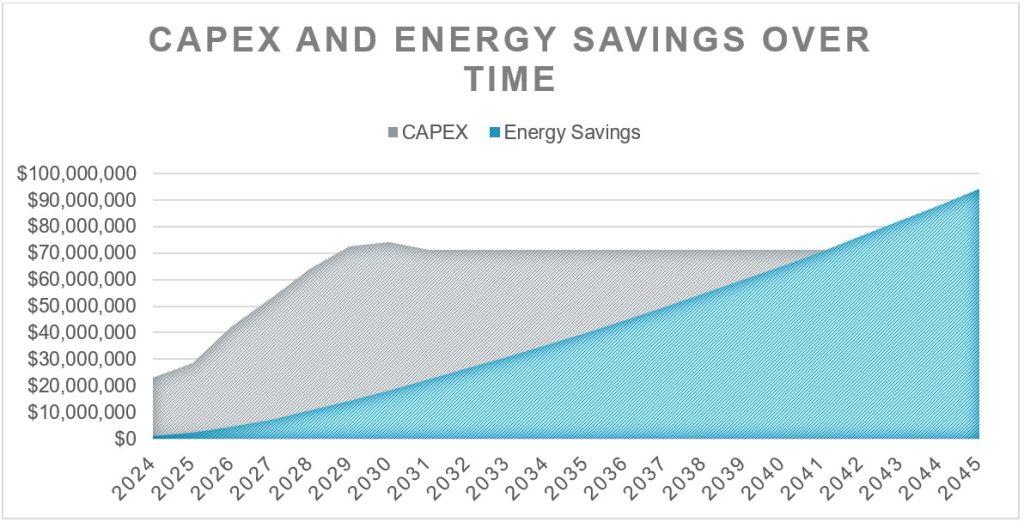
The hypothetical forecast here shows a cost-benefit analysis for implementing renewable energy assets. The initial capital expenditure is higher through 2030, but after the assets are placed, the energy savings continue. An alternative is to finance the capital over 10, 15 or 20 years and have the expense follow as closely to the savings as possible.
Altogether, your decarbonization roadmap creates a clear path for actionable steps and the financial requirements to reach your sustainability goals in the most efficient means possible. If you are on a journey to accomplish sustainability at your organization, contact us today to get started on your Path to Smarter Energy.



